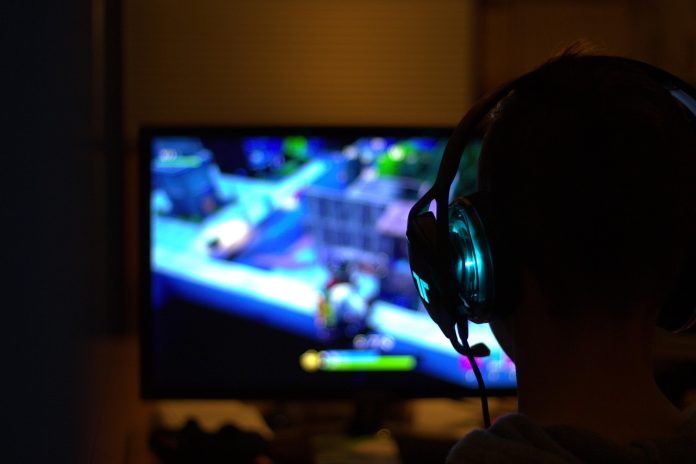You can tell a lot about a gaming group from the way they wear their colors. Tags, emblems, and digital trophies signal who belongs, who leads, and who earned their place.
Gaming communities build identity through symbols that echo real-world loyalty. Let’s break down how these visuals shape digital tribes.
Clan Tags and Faction Emblems
Every clan tag shows up before a name like a badge of loyalty. Whether it is [FaZe], [OG], or [TL], it tells everyone who’s on your side.
Most games bake clan systems into their structure, letting players form factions and stamp identities across leaderboards. In shooters, whether Rainbow Six Siege or Call of Duty, tags quickly sort friend from foe.
Emblems go a step further. They’re often customized through earned designs, color palettes, or exclusive unlocks. A rare emblem signals rank, tenure, or sometimes both.
Exclusive In-Game Skins and Gear
A limited skin is not only a style choice but also a timestamp. Players wear them to show they were there when it mattered.
Event-only gear or collaboration items mark specific moments in a game’s lifecycle. For instance, Fortnite’s Travis Scott skin or Valorant’s Champions bundles do more than look sharp. They’re digital memorabilia.
Communities often rally around those drops. Ownership sparks pride, recognition, and a sense of status.
Achievement Badges and Trophies
Trophies tell a story of effort and execution. Whether it’s a 100-hour grind or a flawless raid, the badge becomes a permanent reminder.
Digital rewards in games like Destiny 2 or World of Warcraft function similarly to career milestones. Earning one gives weight inside the community, especially when others know the path wasn’t easy.
There’s a clear insight into challenge coins here. Just like military or team tokens, these badges signal shared struggle and earned respect.
Custom Avatar Accessories and Visual Mods
Player-created looks bring personal style into the spotlight. Accessories and mods let users craft identities that go beyond presets.
Games, including The Sims or Cyberpunk 2077, thrive on customization. Communities even expand options by building and sharing mods, shaping avatars with exclusive, fan-made flair.
Unique designs spark recognition among peers. A standout hat, jacket, or rare weapon mod could be a statement of creativity and, often, dedication to the game’s culture.
Founder’s Items and Early-Access Rewards
Founder’s items carry prestige, reserved for those who joined before the masses. Items like founder’s badges or limited-edition gear stand out in-game, showing commitment from the start.
Developers use these rewards to honor loyalty. It’s a way to thank players who took the risk of joining an unproven project.
For communities, founder’s gear isn’t just cosmetic. It sparks conversations, forges connections, and builds a shared identity around being there when the journey first began.
Wrapping Up
Symbols in gaming carry weight beyond pixels. They are banners, trophies, and milestones that tell stories of effort, loyalty, and belonging.
As digital worlds evolve, these markers will continue shaping identities in ways we are only beginning to grasp.
Last Updated: July 30, 2025
